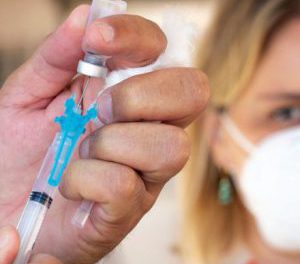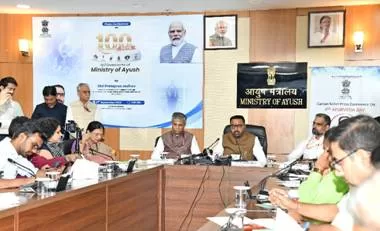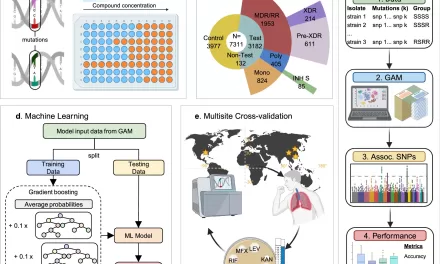Globally, the SARS-CoV-2 virus has posed the biggest public health challenge of the century. However, India has largely been able to keep mortality low through effective diagnosis, appropriate treatment measures and contact tracing. In order to fully understand the spread and evolution of the SARS CoV-2 virus, and to tackle its future spread sequencing and analysing the genomic data of SARS CoV-2 is required. Any changes to the genetic code, or mutations in the SARS-CoV-2 virus, can be observed in the samples through genomic sequencing studies. Global experience has revealed the importance of genomic variants playing a key role in the transmission and subsequent surges. The study of the accumulation of mutations in the viral genomes enables us to compare virus samples and viral lineages in order to understand if local outbreaks are caused by the transmission of single or multiple viral lineages. Analysis of SARS-CoV-2 genome sequences also allows us to study the evolution of the virus and assess whether these mutations influence transmission, clinical outcomes, severity, and their role in developing public health intervention measures and vaccines.
Indian SARS-CoV-2 Genomics Consortium (INSACOG) was established to expand Whole Genome Sequencing of SARS-CoV-2 across the nation, aiding our understanding of how the virus spreads and evolves. The Consortium had initially started with a network of ten regional genome sequencing laboratories spread across the country and has now been expanded to currently include 28 INSACOG Genome Sequencing Laboratories (IGSLs) that are mapped to the States and UTs for facilitating smooth flow of samples. The viral genome sequencing data generated by these IGSLs is analysed by the respective centres and sent to the National Centre for Disease Control (NCDC), Delhi for collation and integration. The Central Surveillance Unit (CSU) under Integrated Disease Surveillance Programme (IDSP) at the National Centre for Disease Control (NCDC) regularly collects data in a decentralized manner from various States/districts. This helps in correlating the data from the genome sequencing laboratories with the field data trends and study the linkages (if any) between the genomic variants and epidemiological trends based on COVID data generated by State and District Surveillance Units of IDSP. These correlations also enhance the understanding of unusual events like Vaccine breakthroughs, suspected reinfections, super spreader events, outbreaks etc. The ultimate goal of this activity is to strengthen public health interventions across the country and breaking the chain of transmission. Linking this data with the IDSP epidemiological data and data on patient’s symptoms will allow us to better understand the viral infection dynamics, morbidity and mortality trends. Further, the data can be linked with host genomics, immunology, clinical outcomes and risk factors for a more comprehensive outlook.
Over the past few months, many variants have been detected through the Whole Genome Sequencing activities undertaken by INSACOG. The information so obtained has been regularly shared with States/UTs to strengthen their public health response to the pandemic. A few of Page 3 of 13 variants thus detected have contributed to surges across various regions and other variants are being monitored by INSACOG for their potential role in disease transmission dynamics. For this whole exercise to become more meaningful, it is necessary that timely clinical data and an adequate number of RTPCR positive samples for genome sequencing are provided by the States/UTs to facilitate better analysis of the transmissibility and virulence of these variants.
CLICK HERE TO DOWNLOAD: Genomic Surveillance for SARS-CoV-2 In India Indian SARS-CoV-2 Genomics Consortium (INSACOG) (Updated guidelines and SOPs) (dated 15.07.2021)












